Knowing how to change a tire is a necessary skill for all drivers. If you rely on a cell phone to save you in a roadside emergency, there’s always that chance you will forget to charge it, be out of range, or leave it at home. Flat tires can happen anywhere, and a cell phone is no substitute for knowing how to change a flat tire.
Thankfully, changing a tire isn’t all that hard! Just adhere to the following guidelines to be prepared in case you have a flat.
These items should have come with your vehicle:
Jack
Lug wrench
Fully inflated spare tire
Vehicle owner’s manual
If you have misplaced any of these items, or if your car did not come with these items, you should purchase new ones right away. And be sure you’re regularly inflating the spare tire to your vehicle manufacturer’s recommended PSI. You should check the spare’s air pressure every time you check your other tires.
Remember to check pressure every month and before long trips or carrying extra load.
Here are some items that don’t come with your vehicle but that you should stow in your trunk or glove box in case you have to change a flat tire:
Flashlight with working batteries
Rain poncho
Small cut of 2"x6” wood to secure the jack
Gloves
Wheel wedges
As soon as you realize you have a flat tire, do not abruptly brake or turn. Slowly reduce speed and scan your surroundings for a level, straight stretch of road with a wide shoulder. An empty parking lot would be an ideal place. Level ground is good because it will prevent your vehicle from rolling. Also, straight stretches of road are better than curves because oncoming traffic is more likely to see you.
Never attempt to change your tire on a narrow shoulder near oncoming traffic. Keep moving (slowly) until you find a safer spot. While driving on a flat risks ruining your rim, replacing a rim is better than being hit by an inattentive driver.
Make sure to consult your owner’s manual and review their specific steps on how to change a flat tire for your vehicle
Your hazard lights or “flashers” will help other drivers see you on the side of the road. To avoid an accident, turn them on as soon as you realize you need to pull over.
Once stopped, always use the parking brake when preparing to replace a flat tire. This will minimize the possibility of your vehicle rolling.
Wheel wedges go in front of or behind the tires to further ensure the vehicle doesn’t roll while you fix the flat tire. If you’re changing a rear tire, place these in front of the front tires. If your flat tire is at the front, put the wheel wedges behind the rear tires.
Bricks or large stones will work just as well as “real” wheel wedges. Just be sure they’re large enough to stop the car from rolling.
If your vehicle has a hubcap covering the lug nuts, it’s easier to remove the hubcap before lifting the vehicle with the jack. If your lug nuts are exposed, you can skip ahead to Step 6.
If your lug nuts are exposed, you can skip ahead to Step 6.
Use the flat end of your lug wrench to remove the hubcap. This will work for most vehicles, but some hubcaps need a different tool to come off. Consult your owner’s manual for proper hubcap or wheel cover removal procedures.
Using the lug wrench, turn the lug nuts counterclockwise until you break their resistance. You may have to use force, and that’s ok. Use your foot or all of your body weight if necessary.
Loosen the lug nuts about ¼ to ½ of a turn, but don’t remove them completely yet. Save that for when it’s time to remove your tire/wheel from the vehicle.
The right place for the jack is usually beneath the vehicle frame alongside the tire that’s flat. Many vehicle frames have molded plastic on the bottom with a cleared area of exposed metal specifically for the jack. To safely lift and avoid damage to the vehicle, follow the instructions for jack placement in your vehicle owner’s manual.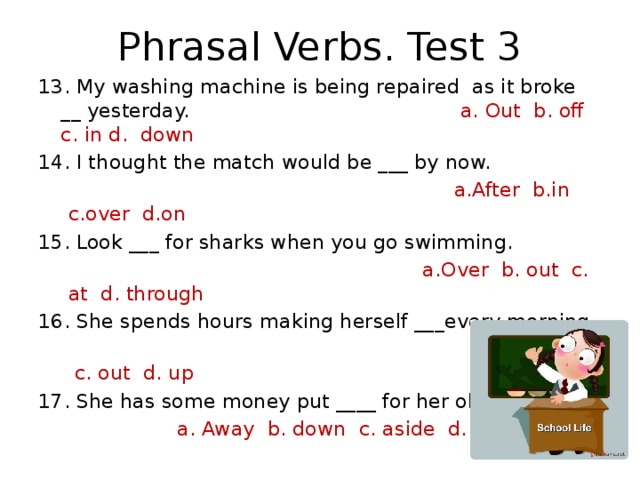
To prevent the jack from settling under the weight of your vehicle and coming off balance, place a small cut of 2x6” wood beneath it before attempting to raise your vehicle. This tactic is especially helpful on asphalt.
With the jack properly positioned, raise the vehicle until the flat tire is about six inches above the ground.
Never put any part of your body under the vehicle during or after raising the vehicle with the jack.
Now it’s time to remove the lug nuts all the way. Since you've already loosened them, you should be able to unscrew them mostly by hand.
Gripping the tire by the treads, pull it gently toward you until it’s completely free from the hub behind it. Set it on its side so that it doesn’t roll away.
Now place the spare on the hub by lining up the rim with the lug bolts. Push gently until the lug bolts show through the rim.
Put the lug nuts back on the lug bolts and tighten them all the way by hand. Once they are all on, check each one again, tightening as much as possible. You will tighten them with the wrench after lowering the vehicle to the ground.
Use the jack to lower the vehicle so that the spare tire is resting on the ground but the full weight of the vehicle isn’t fully on the tire. At this point, you should tighten the lug nuts with the wrench, turning clockwise, as much as you can. Push down on the lug wrench with the full weight of your body.
Bring the vehicle all the way to the ground and remove the jack. Give the lug nuts another pull with the wrench to ensure they’re as tight as possible.
If the hubcap you took from the flat tire will fit your spare, put it in place the same way you removed it initially. If it doesn’t fit, stow it away with the tire when you stow your equipment.
If it doesn’t fit, stow it away with the tire when you stow your equipment.
You have before you a jack, a lug wrench, wheel wedges, your flat tire, and possibly a hubcap. Don’t forget to put all of them in your vehicle before driving away.
You should check the tire pressure of the spare tire to make sure that it is safe to drive on. “T-Type” temporary spares, also called “mini-spares,” require 60 psi (420 kPa). If the tire needs pressure, drive (slowly) to a service station immediately.
Temporary spare tires aren’t made to drive long distances or at high speeds, so drive cautiously until you’re able to visit a tire technician. A professional should be able to determine whether your tire needs a repair or if it’s time to replace it.
Aside from taking your tire to a professional, the above procedure shouldn’t take more than 15 to 30 minutes to change a tire.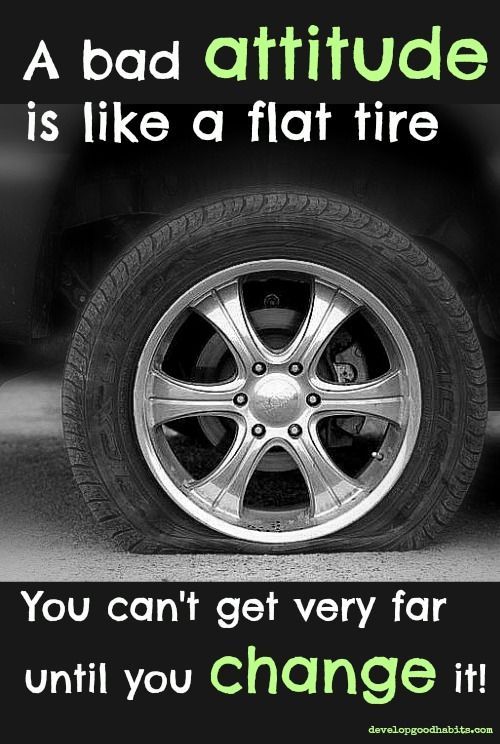 Just be sure you don’t leave out any steps.
Just be sure you don’t leave out any steps.
It’s beneficial practice changing a tire in your garage or driveway to ensure you’re ready to handle this situation if it ever happens to you.
Knowing how to fix a flat tire is great, but regular tire maintenance is even more important. In addition to reviewing this guide regularly, remember to do the following:
Keep your tires properly inflated
Rotate your tires according to the manufacturer’s guidelines
Monitor for tread wear
All of these precautions will extend the life of your tires and reduce the likelihood of a flat. While there’s no way to prevent flat tires completely, proper care can improve performance and ensure your tires last as long as possible.
There’s never a good time for a flat. That’s why Bridgestone DriveGuard tires are masterfully engineered to keep you moving for up to 50 miles at speeds up to 50 MPH without disruption.
There’s never a good time for a flat. That’s why Bridgestone DriveGuard tires are masterfully engineered to keep you moving for up to 50 miles at speeds up to 50 MPH without disruption.
See Details Find Your Fit
The other day, I couldn’t figure out how to work a feature on a car I was test driving so I whipped out my phone and Googled it with no thought of touching the owner’s manual sitting right next to me in the glovebox.
It’s 2022, and this makes me a totally normal human being. We’re used to Googling for answers big and small, especially when it comes to cars.
Below, we’ll answer the your most Googled questions about flat tires: Where they come from, what to expect, how to deal with them, and plenty more.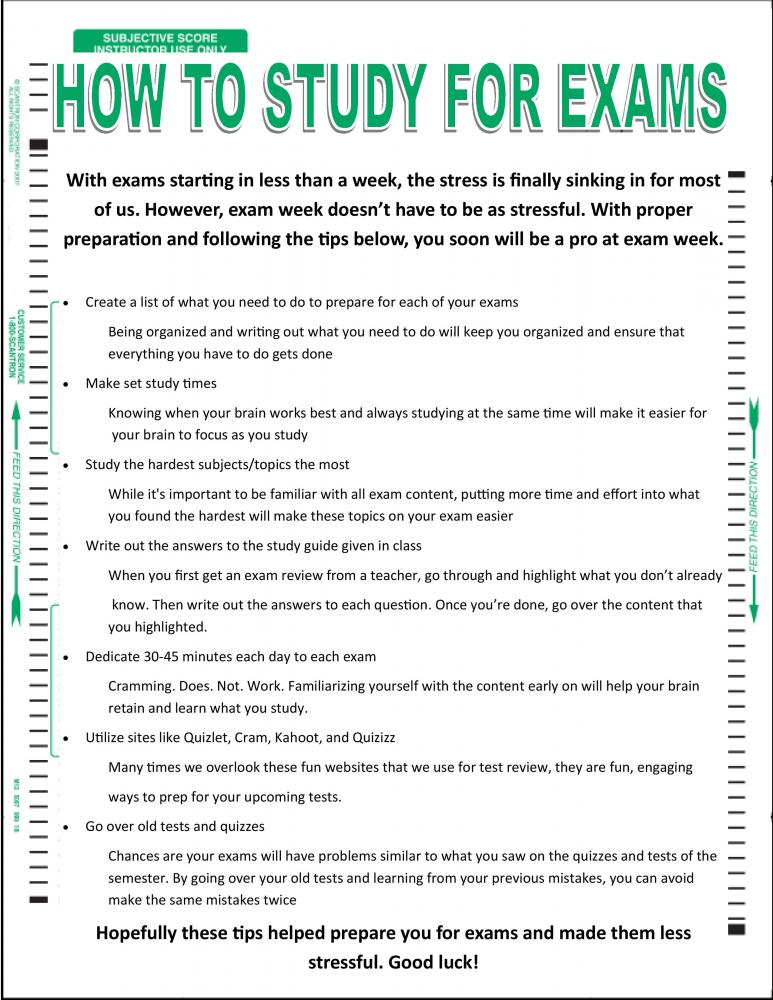
Yes, but deal with the problem in the morning. Extended periods of sitting on a flat tire can cause further damage, which some experts recommend avoiding by jacking up the car to relieve the weight sitting on the flat tire.
In general, you’ll want to deal with a flat tire as quickly as you can, with as little driving on the flat tire as possible.
“There are multiple factors that will let an owner know their tires have reached the end of the life cycle,” says Neil Webster, Manager of OK Tire Dartmouth, N.S.
“The most obvious is tread wear. Vehicle owners should always be aware of tire wear, as this poses a significant risk in the handling and braking capabilities of the vehicle. The best way to measure your tire tread is with the use of a verified tread measuring tool to accurately verify the tread depth,” he says.
“Other symptoms of aging tires are the appearance of cracks in either the tread area or on the sidewall of the tire.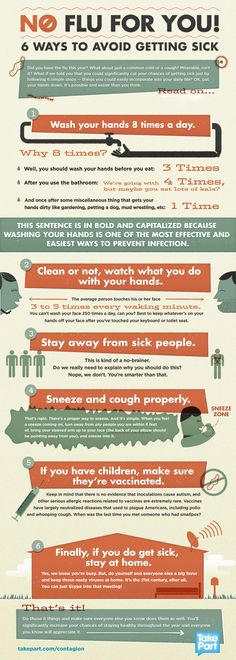 This occurrence is known as weather cracking or ozone cracking, an effect caused by the sun. From time to time, air pressures may decrease due to a common occurrence of a leak around the circumference of the wheel otherwise known as a rim leak.” Webster also notes to look out for “issues such as discomfort or vibrations and, of course, the actual age of the tires, which are recommended to last three to four years.”
This occurrence is known as weather cracking or ozone cracking, an effect caused by the sun. From time to time, air pressures may decrease due to a common occurrence of a leak around the circumference of the wheel otherwise known as a rim leak.” Webster also notes to look out for “issues such as discomfort or vibrations and, of course, the actual age of the tires, which are recommended to last three to four years.”
No, 911 is for emergencies.
If you get a flat tire while driving, check your surroundings, signal, and pull over. You should exit the roadway somewhere safe and park as far away as possible from traffic while leaving room to work around your vehicle.
Put your hazards on then call a friend, a loved one, or your local towing operator or roadside assistance number, but do not call 911.
Yes, and they’re really good at it, too. Hit a good pothole, and you could blow a tire to kingdom-come, opening its sidewall like a can of soup.
Potholes can cause damage to your tires that may result in a flat immediately or make that tire more vulnerable to suffering a flat later. That’s why it’s important to inspect your tires regularly for signs of damage like lumps, rips, and tears.
“Bubbles in tires are always bad news,” explains one expert at GM Canada. “These typically result from an impact to the tire that has damaged the internal structure of the tire, most commonly the polyester cords or inner liner. Driving on a tire with a damaged structure is not safe and it should be replaced as soon as possible. Unfortunately, it is not possible to repair this type of damage.”
Tires are considered a wear-and-tear item, and insurance doesn’t cover those. If you get a flat tire from driving over a sheet-metal screw or roofing nail, you’re on the hook for the cost to repair or replace it.
Exceptions may apply, though. For instance, if the flat tire was the result of improper installation or workmanship, the tire warranty or installer guarantee has your back.
For instance, if the flat tire was the result of improper installation or workmanship, the tire warranty or installer guarantee has your back.
Some tires include road hazard protection, which helps with replacement costs if a tire is damaged by road hazards and can’t be repaired.
In short, flat tires are not covered by insurance, though they may be covered by other means.
“Experiencing a flat tire is one of life’s most frustrating inconveniences. Toyota understands this completely and is here to assist,” explains a representative from Toyota Canada.
In short, the tires that come equipped on your new Toyota do have warranty coverage, but it’s through the tire manufacturer. So, what is Toyota able to assist with?
“Every new Toyota vehicle comes with Toyota Roadside Assistance, which is a suite of services available to protect customers in certain situations. An owner may use this service in the event of a flat tire and either have the spare tire installed or have the vehicle transported safely to the nearest Toyota dealer.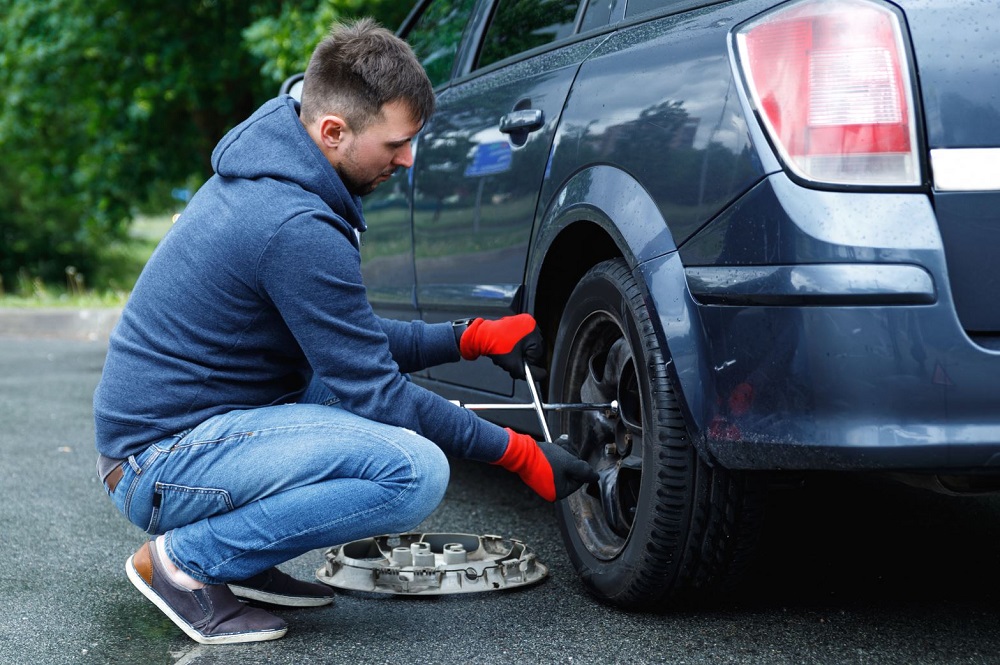 Once the vehicle arrives at the dealership, trained Toyota experts can then inspect the flat tire and liaise with the appropriate tire manufacturer to determine and provide warranty coverage, all done in-house,” the representative explains.
Once the vehicle arrives at the dealership, trained Toyota experts can then inspect the flat tire and liaise with the appropriate tire manufacturer to determine and provide warranty coverage, all done in-house,” the representative explains.
Remember – flat tires have numerous causes, and your results will vary.
That depends on several factors about the cause of the flat itself.
For instance, heavy damage from a pothole strike may split the tire sidewall open, spelling instant, unrepairable tire death. A nail or screw can often be removed and fixed, and certain types of tires are even designed to self-seal small punctures to keep you moving.
To find out if your flat tire is repairable, you’ll need to visit a tire expert.
“Road hazards are the biggest cause of flat tires,” says Steve Bourassa, Director of Products and Pricing at Nokian Tyres. “Nails, potholes, and other obstacles on the road pose a risk to a tire’s integrity. But drivers also have a role to play. Blowouts are more likely when tires are not inflated to the recommended level. And some manufacturers infuse their tires with materials that make them more puncture-resistant, like Aramid fibres that are also used in bulletproof vests.”
But drivers also have a role to play. Blowouts are more likely when tires are not inflated to the recommended level. And some manufacturers infuse their tires with materials that make them more puncture-resistant, like Aramid fibres that are also used in bulletproof vests.”
“All four tires should typically be inflated to the recommended pressure level, which drivers can find in their owner’s manual and driver’s side wheel well – but there are exceptions to this rule,” explains Bourassa.
“Generally, if tires are inflated to different levels, they’re more likely to wear unevenly and cause suboptimal handling plus increased blowout risk. Tire pressure also falls as temperatures drop, so drivers should check their tires’ inflation more frequently during seasons when weather fluctuates.”
“Whenever possible, it is better to repair a tire in order to avoid unnecessary waste,” says Bourassa.
“When performed by a professional, a tire repair can return the tire to its original state. Only tires with a puncture in the middle of the tread area can be repaired and must be done with a plug and patch kit that will be installed from the inside of the tire in order to prevent any moisture from reaching the structural steel belts. Vehicles driving at the highest possible speeds would be the exception and would benefit from replacing a flat tire, as a tire repair could impact vehicle handling and vibration characteristics on the track.”
I asked a representative from Mercedes-Benz Canada to help readers understand which models are equipped with run-flat tires and which are not.
“Mercedes-Benz is pleased to equip the majority of its product lineup with run-flats, including most Mercedes-Benz vehicles as well Mercedes-AMG entry models (including 35s, 43s and 53s). The higher-level AMGs (45s and 63s) are not equipped with run-flats in order to minimize unsprung weight and maximize driving dynamics (due to the fact that run-flats tend to be heavier). Where space allows in the cargo area, a spare tire will also typically be offered instead of a run-flat (think GLC, GLE, GLS, and G-Class). The only other general exception would be if a customer chooses the top tire size for a particular model, it will most likely be a non-run-flat tire.”
Where space allows in the cargo area, a spare tire will also typically be offered instead of a run-flat (think GLC, GLE, GLS, and G-Class). The only other general exception would be if a customer chooses the top tire size for a particular model, it will most likely be a non-run-flat tire.”
Before purchasing a vehicle, always familiarize yourself with the equipped spare/temporary tire and mobility solution it comes with and how to use it.
“The main cause of a flat tire is the age of the tire itself. Indeed, older or worn tires are prone to cracks, which can be hard to spot and can cause slow leaks that will consistently deflate your tire,” says OK Tire’s Neil Webster.
“If that is the case, new tires are urgently needed. Other factors could be a faulty valve system. If a driver has recently changed their tires and is still having tire pressure issues, valve systems might be worth looking into, as tire age should not be a factor here. Be sure to check the valves in a vehicle equipped with tire pressure monitoring as these valves are prone to corrosion,” he says.
Be sure to check the valves in a vehicle equipped with tire pressure monitoring as these valves are prone to corrosion,” he says.
“Finally, where you live and drive can have an impact on your tire’s longevity. Potholes and road construction are a major cause of punctures as well as rim and suspension damage.”
“With modern vehicles equipped with tire monitoring systems, flat tires can be easily detected thanks to a warning light that will appear on the vehicle’s dashboard,” explains Webster.
“However, for older vehicles, there are still some signs owners can look for such as excessive vibrations while driving or a visually deflated tire that does not stay inflated. While one might be tempted to try to limp to a garage with a flat tire to get it fixed, doing so compromises the integrity of the tire and will lead to permanent damage to the vehicle’s tire and rim or even suspension components. Driving on a flat tire also poses a threat to the driver’s safety. ”
”
“Tire wear is faster in warm weather and when the rubber compounds are softer (as in performance or winter tires),” explains an expert from GM Canada.
“Softer compounds normally provide better performance – braking, handling, acceleration – but will wear faster especially under aggressive driving conditions or, for example, if a winter tire is left on a car in the warmer fall and spring weather. Front tires tend to wear faster due to the forces exerted when turning, braking, and, on a front wheel drive car, accelerating.”
“Visually inspect your tires on a weekly or monthly basis checking for bulges, irregular tire wear, proper air pressure or other damage,” says Chris Leslie, Manager of OK Tire in Dartmouth-Portland, N.S.
“A properly inflated tire saves you money. Is the tread still at an acceptable level or are the tires going bald? Can you feel significant vibrations when driving? Are there any cracks on the side of the tire? A good rule of thumb here is that if you are unsure, you should get them checked out by a professional who can make sure you remain safe on the road.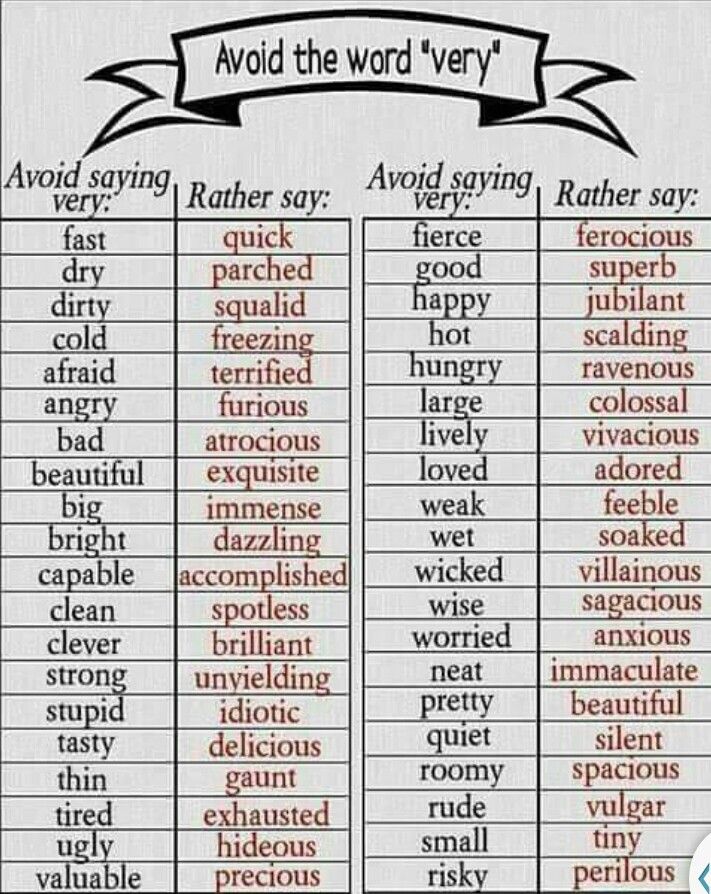 ”
”
Justin Pritchard
See more
Justin Pritchard is an automotive journalist, consultant, TV presenter, and photographer based in Sudbury, Ontario.
The absence of a spare wheel or a standard "roll-in" seriously complicates the situation. If the driver has the skills, you can put a temporary patch on the puncture, otherwise you will have to order a tow truck.
We recommend carrying a spare wheel, a repair kit for various occasions, the necessary tools, then you can get out of any traffic situation with dignity. If all this is not there, then you can drive on punched rubber a short distance to a service station or tire fitting. We are not talking about hundreds of kilometers of travel, we are talking about a short distance.
Leakage of air from a car tire can occur in different situations. At the same time, punching is not necessary, there are other unforeseen and unpleasant situations. Most common:
At the same time, punching is not necessary, there are other unforeseen and unpleasant situations. Most common:
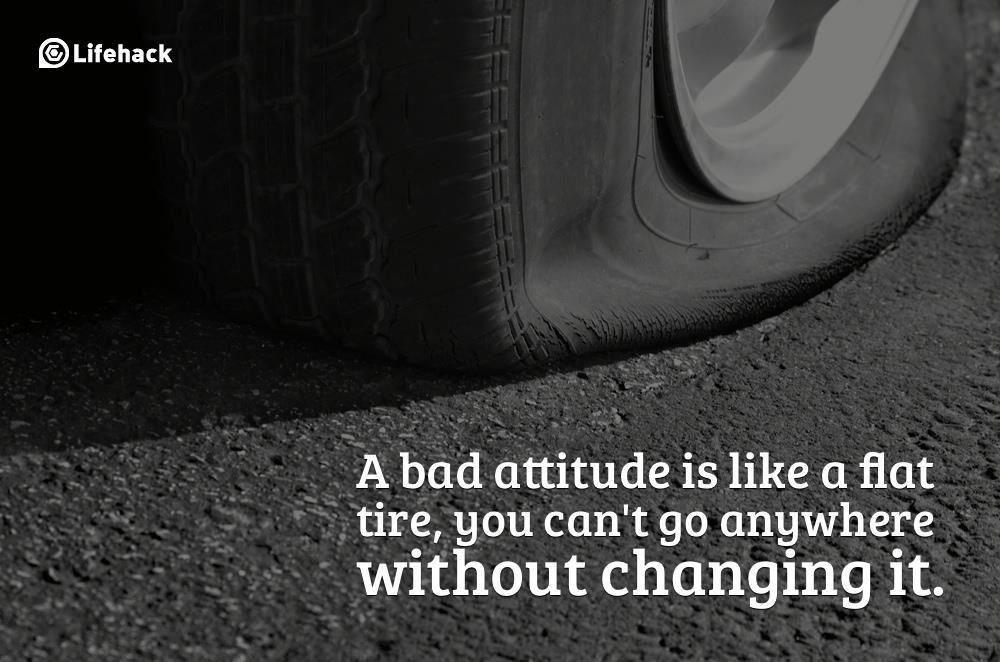
Potholes or bumps in the road can be a serious problem. Hitting such an obstacle at high speed can lead to deformation of the car disk, subsequently to damage to the rubber. Very serious damage, which is impossible to fix on your own, without the use of special equipment, you need to go to a tire service.
Use of used car tires - adhere to manufacturer's specified service life. Otherwise, the wheel may deflate due to high wear. There is a risk of explosion directly during operation.
Problems exist with tubeless tires - the fitting sometimes does not fit well on the disc, air leaks.
The main causes that lead to damage to car tires and air leakage are indicated. Whether it is possible to drive on a flat tire is determined by the driver himself, taking into account his experience and capabilities.
Driving with a flat tire is not recommended. Driving a car is significantly more difficult, there is a risk of getting into an accident, creating a threat to other road users.
Among the main problems that can lead to driving with low tire pressure are:
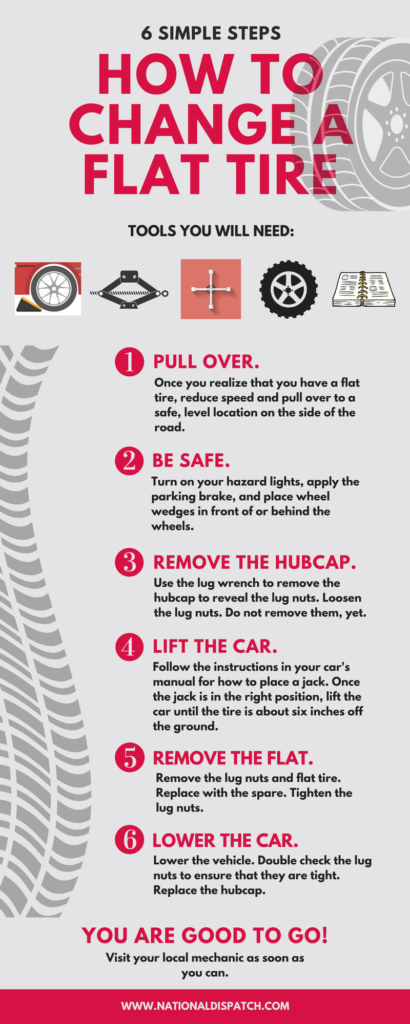
A flat tire is a serious hazard. Each driver must understand this and take all necessary measures to eliminate the problem. In no case should a puncture be ignored, at high speed the situation can completely get out of control. The ideal would be to replace the wheel with a spare, repair at the nearest tire shop.
A car tire is a complex system. Consists of different elements. Manufacturers use special technologies and materials to provide the declared driving characteristics of the car. The special pattern on the main part of the tire has its own functionality, and does not serve solely for beauty. Any deviation from the norm leads to a decrease in the functionality of the tire, respectively, the car loses its qualities. Its use becomes unsafe until the problem is solved.
Summer Drive Protection Sound Comfort
Rating:
4.5
Tires Goodyear Eagle F1 Asymmetric 3 SUV
Summer Drive protection
Rating:
4. 5
5
Tires Goodyear Eagle Sport TZ
Summer Drive protection
Rating:
4.5
Tires Goodyear EfficientGrip 2 SUV
Summer Drive Protection Run On Flat
Rating:
4.5
Tires Goodyear EfficientGrip Performance
Winter Drive protection
Tires Goodyear UltraGrip Arctic 2 SUV
Winter Drive Protection Sound Comfort
Rating:
4. 5
5
Tires Goodyear UltraGrip Ice 2
Winter Drive Protection Sound Comfort
Rating:
4.5
Tires Goodyear UltraGrip Ice SUV
Winter Drive protection
Tires Goodyear UltraGrip Performance+ SUV
All season Drive protection
Rating:
5
Tires Goodyear Vector 4Seasons Gen-3 SUV
Summer Drive Protection Run On Flat
Rating:
4
Tires Goodyear Wrangler HP All Weather
All season Drive Protection
Rating:
4. 5
5
Tires Goodyear Vector 4Seasons
Summer
Rating:
4.5
Tires Goodyear Wrangler All-Terrain Adventure with Kevlar
Summer Drive protection
Rating:
4.5
Tires Goodyear EfficientGrip SUV
Summer Drive Protection Run On Flat
Rating:
4
Tires Goodyear Eagle F1 Asymmetric SUV
It is worth noting that under no circumstances should you drive with a completely flat tire. The situation can get out of control of the driver at any time, the tire will fly off the disk, he will receive damage that will lead to new problems. It's best to call a tow truck, no matter the cost.
The situation can get out of control of the driver at any time, the tire will fly off the disk, he will receive damage that will lead to new problems. It's best to call a tow truck, no matter the cost.
An exception to the rule may be a tire in which some air is still left. You can try to get to a service station or tire fitting. You can also try to inflate the tire to give yourself more time.
Low pressure driving is possible subject to the following rules:
The average distance allowed to drive with a half-flat tire is 10 kilometers. This is only allowed if the above rules are observed.
If the problem of low tire pressure, puncture or other damage is not addressed in a timely manner, it will lead to negative consequences. There may be problems with the operation of the following systems:
There may be problems with the operation of the following systems:
A car with flat tires is a danger to other road users and its driving characteristics are affected.
It must be understood that movement with insufficient pressure leads to deformation of the rubber. You run the risk of completely damaging the tire, subsequently replacing it with a new one. Therefore, the decision to drive on half-flat tires must be made carefully, carefully evaluate all the consequences and alternatives.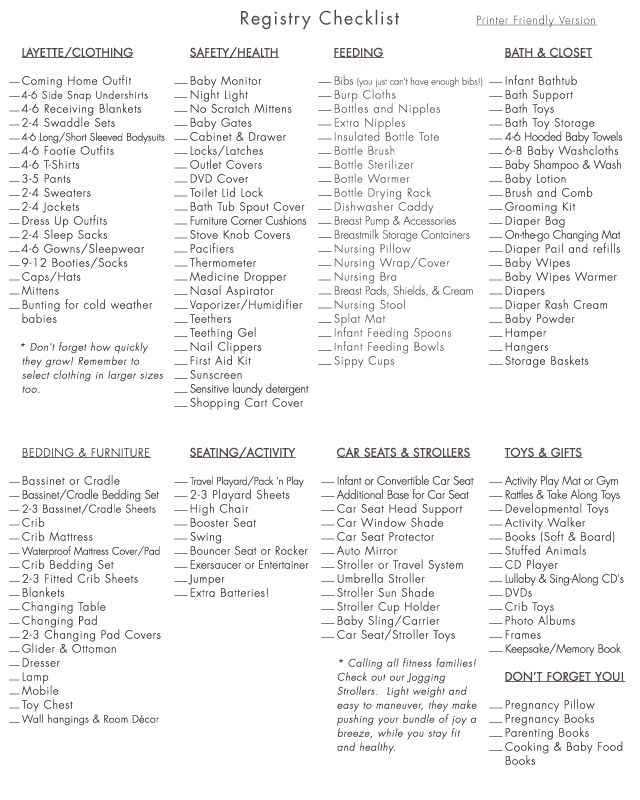 For example, estimate the cost of replacing, repairing other damage with the price of a tow truck or calling a mobile tire fitting team.
For example, estimate the cost of replacing, repairing other damage with the price of a tow truck or calling a mobile tire fitting team.
The maximum speed on a car with a half-flat tire depends solely on the characteristics of the tires, the type of vehicle, and other nuances. When accelerating to a speed of more than 30 km / h, complete disassembly is possible, the tire flies off the disk.
We recommend that you have a spare wheel with you, which is supplied with the car by the manufacturer, a repair kit. You will be able to revive the wheel for a while, it will not deflate and it will be possible to get to the tire fitting.
LADA
UAZ
KIA
Hyundai
Renault
Toyota
Volkswagen
Skoda
Nissan 9000.0003
GAS
BMW
Mercedes-Benz
Mitsubishi
Mazda
Ford
All brands But this can be avoided.
Related materials
You have never seen such tires: even the police were surprised
In the process of using a tire, a variety of damages can occur, most of which are the fault of the driver. As a result, rubber is wasted, and since the law prohibits the use of different tire models on the same axle, you have to spend money on replacing the second tire.
The most common damage is puncture . This is the most harmless type of damage, but only if you notice it in time and repair it right away. It is absolutely impossible to drive on a flat tire, even a couple of meters! The damage caused by running on a flat tire or with low pressure is catastrophic. This causes the sidewalls to deform more than they should, which causes the tire to overheat, delaminate, and the carcass becomes unusable due to broken cords. As a result, the tire will have to be thrown away. In addition, the edge of the rim can also be damaged.
Punctures are of two types: with and without cord damage.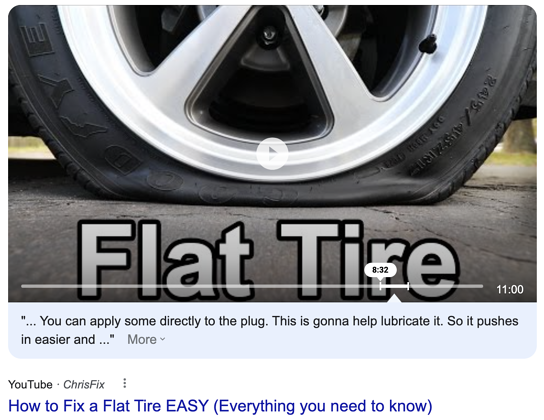 To determine this, it is necessary to remove what pierced it. If the edges of the puncture tightly converge, then the cord is not damaged and it will be possible to repair the tire without removing it from the disk. Otherwise, if the edges do not converge, you will have to disassemble the wheel and make repairs with strengthening the frame from the inside. Alternatively, in the field and in the absence of a spare wheel, such a puncture can be repaired without removing the tire from the rim, after which you can carefully drive to a tire fitting or garage and make a full repair.
To determine this, it is necessary to remove what pierced it. If the edges of the puncture tightly converge, then the cord is not damaged and it will be possible to repair the tire without removing it from the disk. Otherwise, if the edges do not converge, you will have to disassemble the wheel and make repairs with strengthening the frame from the inside. Alternatively, in the field and in the absence of a spare wheel, such a puncture can be repaired without removing the tire from the rim, after which you can carefully drive to a tire fitting or garage and make a full repair.
Related materials
Is it possible to pump up a wheel without a compressor - the experiment "Behind the wheel"
When repairing, the puncture site should be cleaned and marked. Further, it all depends on what kind of repair kit you have - as a rule, instructions are attached to them. There are sealants that are poured into the tire through the nipple, after which the wheel turns with the puncture down and the substance seals the hole.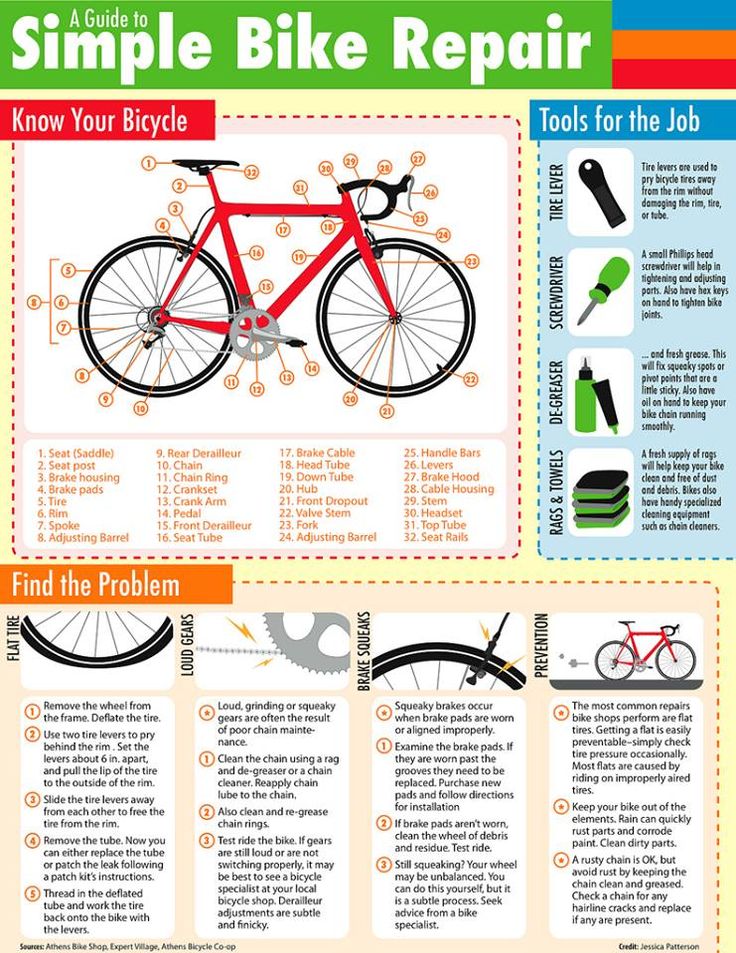 Repair using a tourniquet or insert is somewhat more complicated, but also more durable: the edges of the hole are polished with a special tool, after which the tourniquet treated with a special compound must be inserted into the tire through a puncture with a special awl, pulled out (not completely) out and cut flush with the surface.
Repair using a tourniquet or insert is somewhat more complicated, but also more durable: the edges of the hole are polished with a special tool, after which the tourniquet treated with a special compound must be inserted into the tire through a puncture with a special awl, pulled out (not completely) out and cut flush with the surface.
In case of damage to the cord due to a puncture, the tire must be removed from the rim in order to install a reinforced patch with an additional cord on its inner surface. One of the sides of such patches has an adhesive layer that promotes cold vulcanization. After such a repair, wheel balancing will be required. To seal punctures from the inside, patches in the form of a mushroom are also used, with a leg that goes into the puncture. Such patches are also covered with a special adhesive for cold vulcanization.
Cuts or holes , unlike punctures, are not repairable, as they violate the integrity of the frame, which can no longer be strengthened. In addition, breakdowns are always sudden and occur on the go: the tire abruptly loses pressure and before the car comes to a complete stop it has time to make several revolutions “on the rims”, which breaks the cord and destroys the layers. It is not recommended to use such a weakened tire, even if it was possible to repair and strengthen the place of the rupture or cut, in the future.
In addition, breakdowns are always sudden and occur on the go: the tire abruptly loses pressure and before the car comes to a complete stop it has time to make several revolutions “on the rims”, which breaks the cord and destroys the layers. It is not recommended to use such a weakened tire, even if it was possible to repair and strengthen the place of the rupture or cut, in the future.
Related materials
8 tire storage rules - do you follow them all?
Incorrect storage of tires can cause cracks . The danger of such damage is that moisture enters the cord through cracks, which renders the frame unusable. In addition, air can escape through cracks. Unfortunately, cracks are not repairable, and tires with them will not last long: sooner or later they will deform, become covered with swellings due to rusted and torn cord or because of driving with pressure below the recommended one.
Blisters or bulges can appear on a tire for a variety of reasons - it always happens due to a broken cord or delamination in the carcass.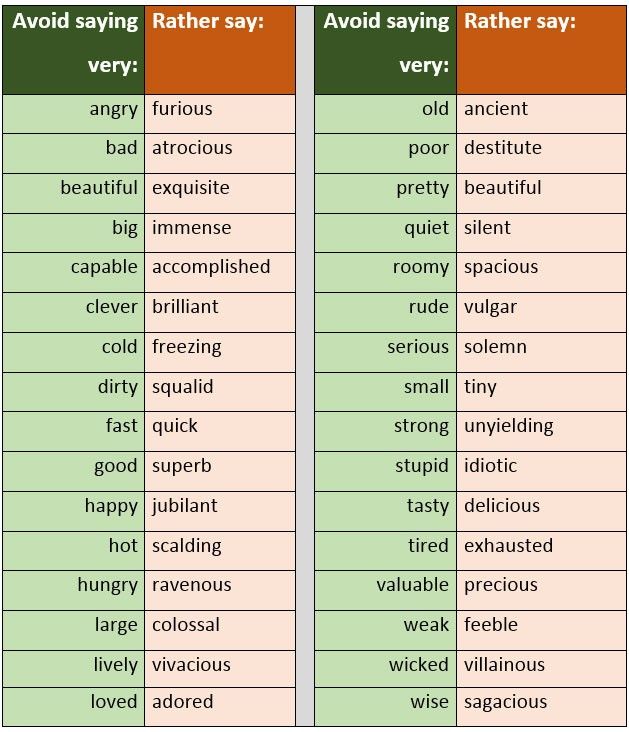 In the first case, an obstacle was hit and the impact broke the cord or the cord was cut through with a sharp object. In the second case, there is no damage on or near the hernia, which means that it appeared either due to a factory defect, or due to frequent driving with pressure below the recommended one. The danger of hernias is that they can explode at any moment and provoke a skid, which will lead to an accident. If there is nothing to replace a tire with a hernia, then it is better to rearrange it to the rear axle and drive very carefully. Like cracks, a hernia cannot be repaired. Sometimes small blisters resulting from impacts or cuts are reinforced with reinforced patches, but there is no guarantee that the tire will not explode. Therefore, tires with hernias are recommended to be replaced immediately.
In the first case, an obstacle was hit and the impact broke the cord or the cord was cut through with a sharp object. In the second case, there is no damage on or near the hernia, which means that it appeared either due to a factory defect, or due to frequent driving with pressure below the recommended one. The danger of hernias is that they can explode at any moment and provoke a skid, which will lead to an accident. If there is nothing to replace a tire with a hernia, then it is better to rearrange it to the rear axle and drive very carefully. Like cracks, a hernia cannot be repaired. Sometimes small blisters resulting from impacts or cuts are reinforced with reinforced patches, but there is no guarantee that the tire will not explode. Therefore, tires with hernias are recommended to be replaced immediately.
Related materials
Tire blackening - 6 ways to polish. Inexpensive!
Tire sidewalls can be damaged by rubbing against curbs or the asphalt edge when pulling over. If you are prone to such a driving style, then it is recommended to inspect the inner and outer sidewalls from time to time and, if abrasion is found, swap the wheels in order to prevent the cord from being exposed - the rubber thickness on the sidewalls is small (1.5–3 mm), and it can be rubbed to the frame very quickly.
If you are prone to such a driving style, then it is recommended to inspect the inner and outer sidewalls from time to time and, if abrasion is found, swap the wheels in order to prevent the cord from being exposed - the rubber thickness on the sidewalls is small (1.5–3 mm), and it can be rubbed to the frame very quickly.
Often the cause of tire damage can be poor-quality tire fitting , during which the bead ring was damaged. In this case, the tire loses its geometry and “sits” crookedly on the disk - it writes out “eights” during rotation, and lateral vibration appears during the ride. It is impossible to repair such a tire - you need to replace it with a serviceable one as soon as possible before it damages the suspension: rods, hubs and bearings.
You can find out whether you are using tires correctly and what invisible damage they have received by the characteristic wear of the tread, the varieties of which are collected in the table for convenience:
Double sided shoulder wear
Driving with less than recommended tire pressure.
Inflate the tires to the pressure recommended by the automaker (a plate with recommendations is attached in the driver's door opening) and find the cause of the fall: puncture, cracks, hernia, nipple, rust on the rim of the disc in the place where the tire fits, etc.
Center wear
Tire pressure too high.
Reduce the pressure to the recommended (indicated on the tablet in the driver's doorway)
In the form of rings and furrows
can be found on trailers or rear wheels of pickups and wibers due bouncing at high speeds.
Changing wheels on a loaded axle to equalize wear, driving with a heavier load.
Chipped wear with cuts
Frequent wheel spin on rocky surfaces.
Move the wheels to a non-driving axle, use the gas pedal more carefully when starting to move.